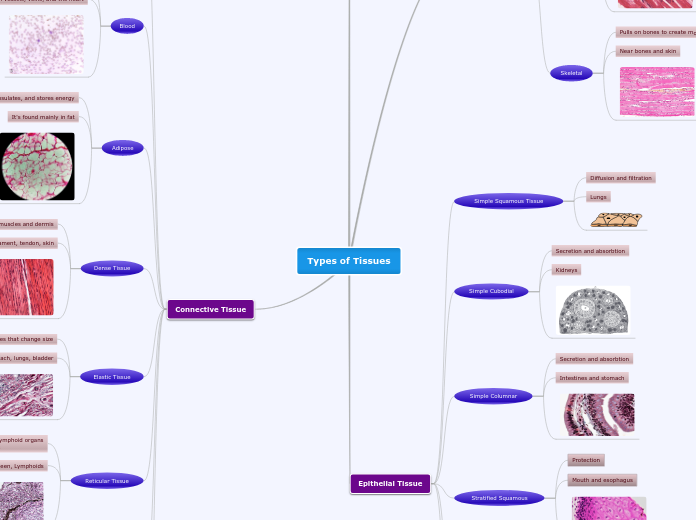da GRACE OZZELLO mancano 5 anni
552
Types of Tissues
The body is composed of various tissue types, each serving distinct functions vital for overall health and functionality. Muscle tissue, including skeletal, smooth, and cardiac types, is essential for movement and the functioning of organs such as the heart.









